INTRODUCTION
The new editorial team for the Journal of Political Science Education took over in the fall of 2017. The new team took over from the previous team led by Kerstin Hamann, University of Central Florida, and managed the transition with very strong support from Barbara Walthall at APSA and working with the Taylor and Francis team. In addition to the change in the editorial team, the journal also became an APSA-wide journal thus greatly increasing the reach and leadership of the journal.
EDITORIAL HIGHLIGHTS OF 2016–2017
Overview
When the current editorial team took over, a major change for the journal was the reorganization of the types of articles that the Journal of Political Science Education is interested in publishing. In addition to a section that continues the journal’s previous focus on Scholarship of Teaching and Learning (SoTL) and continuing reviews of Books, Teaching Tools, and Educational Resources, the new team has put in place two new sections to broaden both the pool of potential authors for the journal as well as potential readers. We have also changed the editorial structure of the journal with an editor in chief and dedicated editors for each section (and in the case of SoTL, two dedicated editors). Two new sections have been created to expand the reach and openness of the journal to a more diverse array of submissions:
Political Science Instruction: Submissions should focus on innovative teaching cases that discuss useful pedagogy, including strategies, games, and experiential learning in teaching political science to diverse audiences. They should also be organized around real classroom problems and potential solutions. Submissions may range in length from 2,000–4,000 words.
Reflections on Teaching and the Academy: Submissions should be from experienced scholar-teachers that focus on reflections on timely and important teaching topics that include transitioning between institutional types, teaching underprepared students, preparing graduating students for teaching careers, and other issues. Submissions may range in length from 1,000–2,000 words.
In addition to the creation of these new sections, we have also begun to explore ways of spreading interest in the content in the journal on social media. In the coming year, we plan to explore more ways of effectively using social media. We have also laid the groundwork for a virtual issue using previous articles on civic engagement that was published online and made freely available in November. We are currently discussing the topic for the special issue we plan to have in our second year as editors; we did not get enough articles by our deadline for this year’s planned special issue due to time constraints. We had a very productive “Meet the Editors” roundtable at APSA’s Teaching and Learning Conference in February 2017 and will have a similar roundtable at the APSA Annual Meeting as well as a roundtable of authors discussing pedagogy based on the excellent articles they have published in the journal. We are also currently working on submitting a list of our editorial board (new, proposed members, and any members to retain), to the APSA Council for its review. In sum, our team has enjoyed this first year—challenges and all—and we are looking forward to continuing to grow the journal and its outreach as an APSA-wide journal.
STAFFING
Our staff at the Journal of Political Science Education consists of six co-editors who are using a portion of their time to work as a team as well as specifically on their own section of the journal. Two student managing editors work part time on the journal. Our managing editors from fall 2016 to the end of spring 2017 were Morgan Knudtsen and Jessica Van Saders. With Morgan stepping down at the end of the spring semester, Caroline Veldhuizen replaced her in the summer of 2017. All three are students at the University at Albany, SUNY. We should note that while we assumed the journal at the beginning of the fall 2016, all of the material in the fall had been reviewed and assembled by the previous team led by Kerstin Hamann as well some material in the second issue of the year.
PRODUCTION AND DELIVERY
The Journal of Political Science Education has met its production schedule and we have a strong working relationship with our publisher, Taylor and Francis. Our managing editors have been responsible for pre-production work while the direct preparation of the manuscripts for publication and the creation of the journal is handled by Taylor and Francis.
AUTHOR DEMOGRAPHICS
The demographic distribution of the Journal of Political Science Education authors are reported in tables 1, 2, and 3. Currently, 33% of our manuscript submissions are from women—something we would like to increase; our submissions are spread across different ranks with associate professors being responsible for slightly more submissions than any other rank, and slightly over half the submissions coming from tenured faculty. Table 3 shows the distribution of submissions by author’s country of location. As one can see from table 3, only 10% of our submissions were from overseas. It is our hope that now that the Journal of Political Science Education is an APSA-wide journal that this number—and the number of submissions in general—will increase.
Table 1 JPSE Authors by Gender
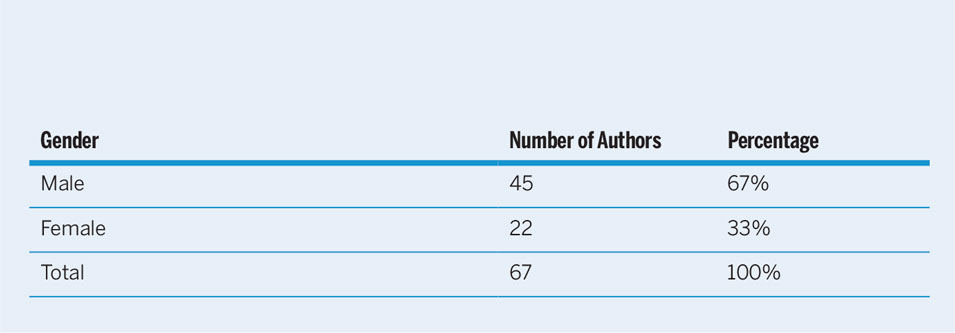
Table 2 JPSE Authors by Rank
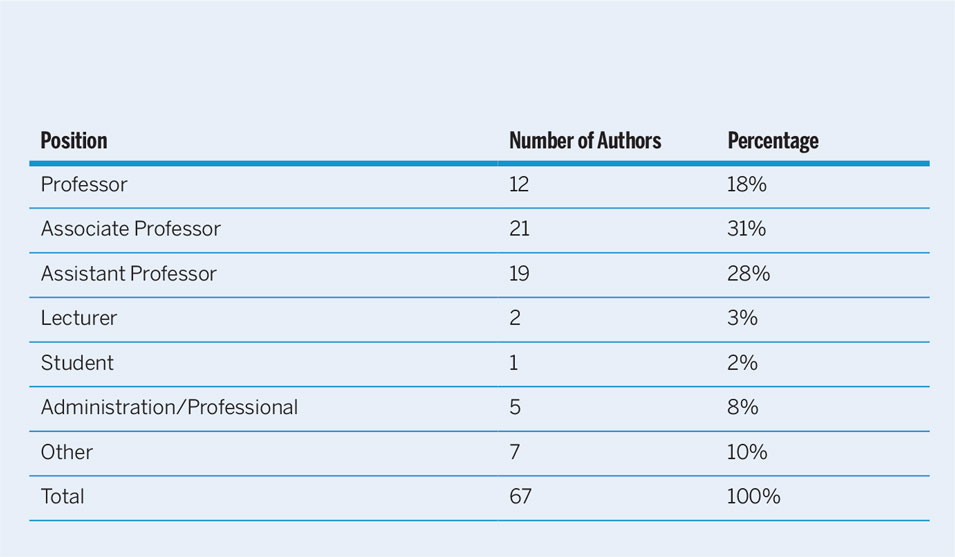
Table 3 JPSE Authors by Country
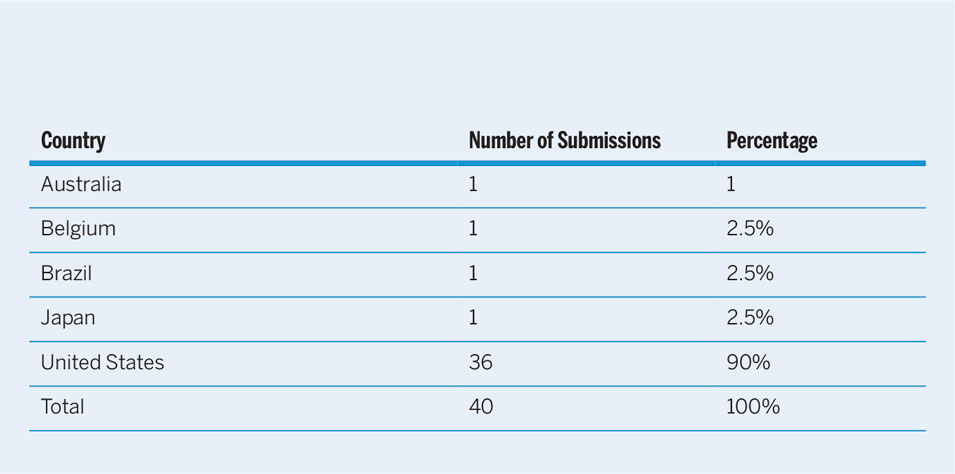
CONTENT AND TREATMENT OF MANUSCRIPTS
Table 4 shows the percentage of articles submitted that were directed at being submitted as original articles (both SoTL and Political Science Instruction sections), review articles, reflection articles and one piece submitted as research note before the change in sections was fully publicized. Table 5 shows the manuscript decisions for manuscripts during the following year. Our current rejection rate is 22%—a rate we hope to increase as we increase our submissions to the journal. Also, we should note that the average time from the first submission to the first decision is: 54.78 days. In 2017–2018, we will work to make the time to the first decision shorter. Table 6 presents information on reviewer statistics.
Table 4 JPSE Submissions by Type
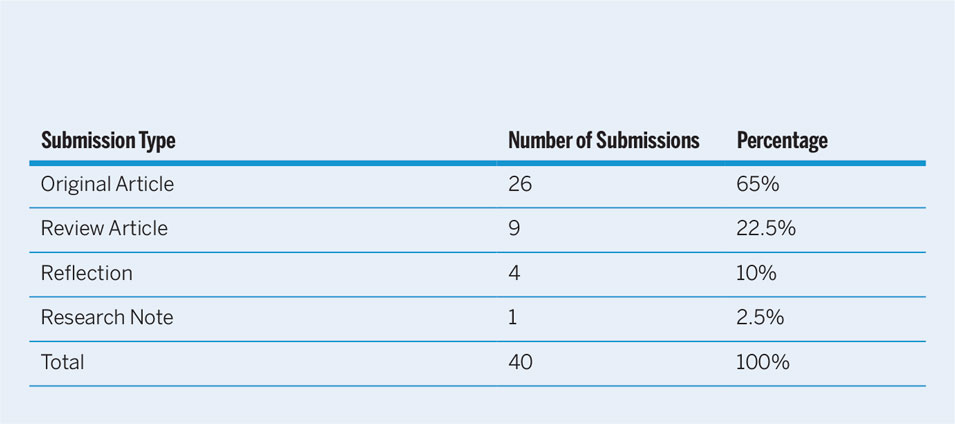
Table 5 JPSE Submissions by Manuscript Decision
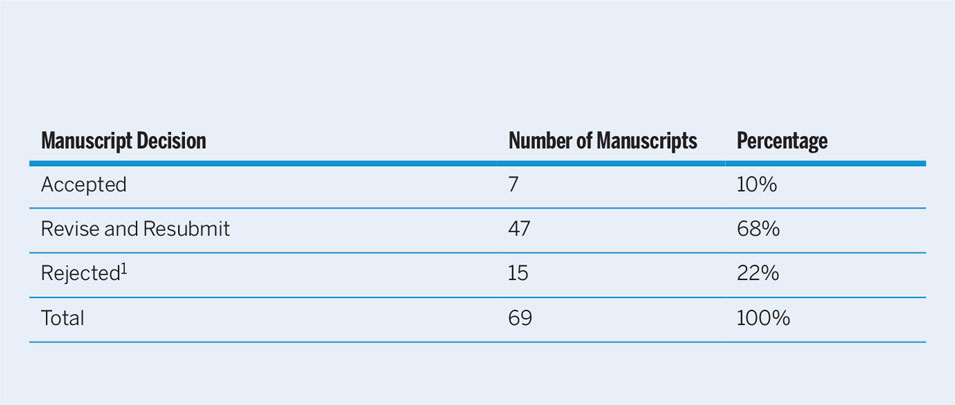
1 This is the percentage of all rejected manuscripts, not of all new manuscripts
Table 6 JPSE Reviewer Statistics
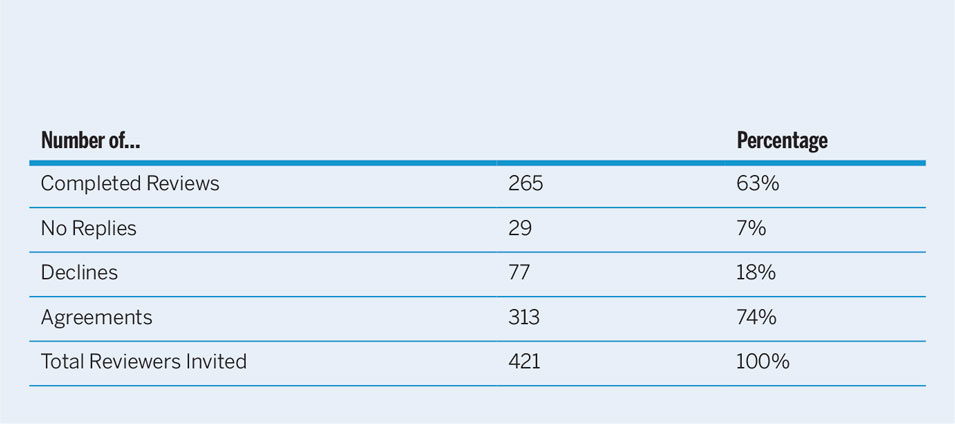
PUBLICITY AND OUTREACH
The editors of the Journal of Political Science Education are also working to increase our publicity and outreach. We have asked authors to provide a 50-word blurb and a 130-character tweet, which can be shared on PSNow. We plan to continue to attend each Teaching and Learning and APSA-wide conference to hold “Meet the Editors” roundtables where we can reach out to potential authors about submitting to the journal. When it is possible, members of our editorial team have organized such events at regional APSA conferences, and we plan to continue to do so. We also are working with the managing editors to go through previous conference agendas to identify papers of interest that have not been submitted in the area of political science pedagogy and to e-mail the authors and encourage them to submit to the Journal of Political Science Education.








